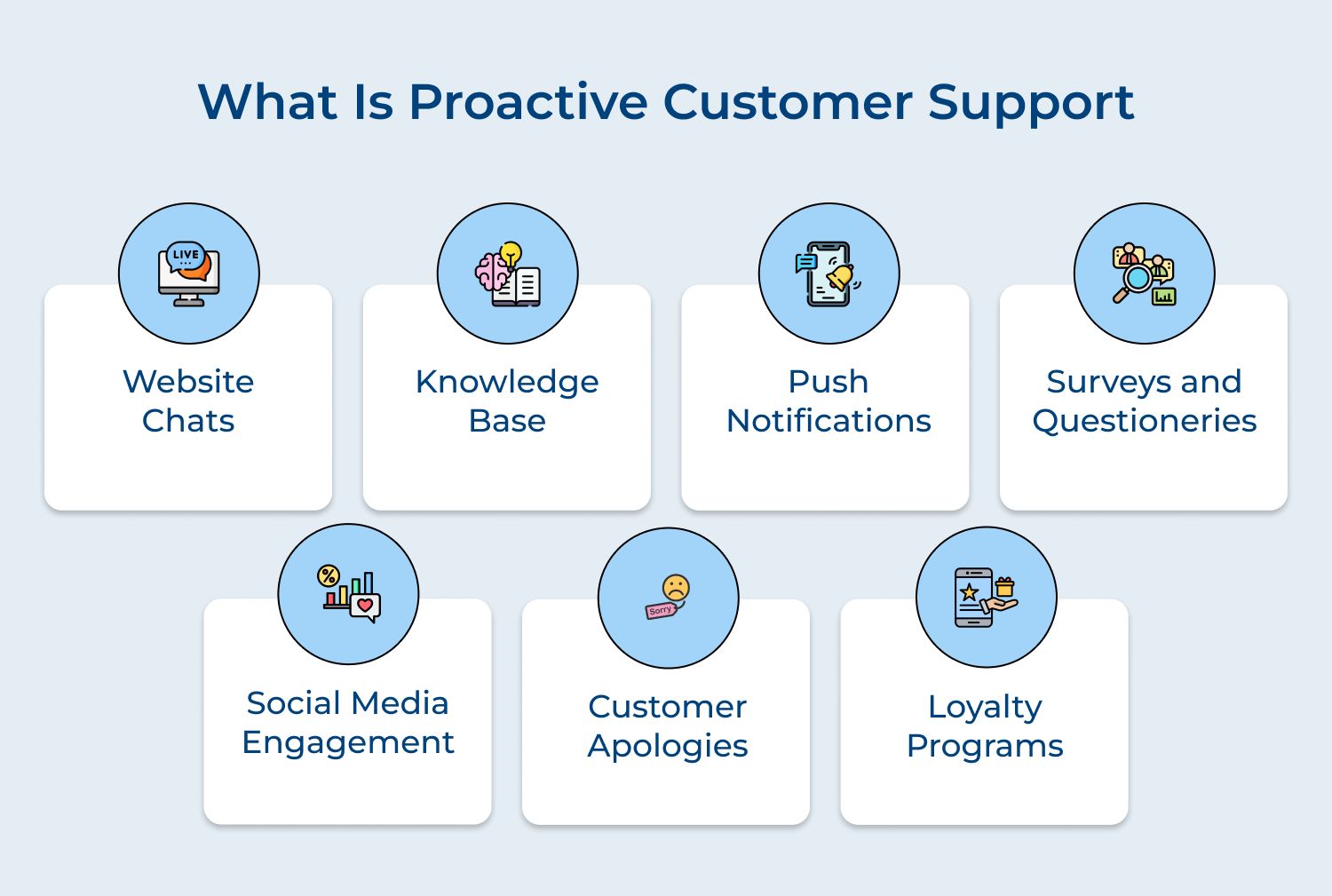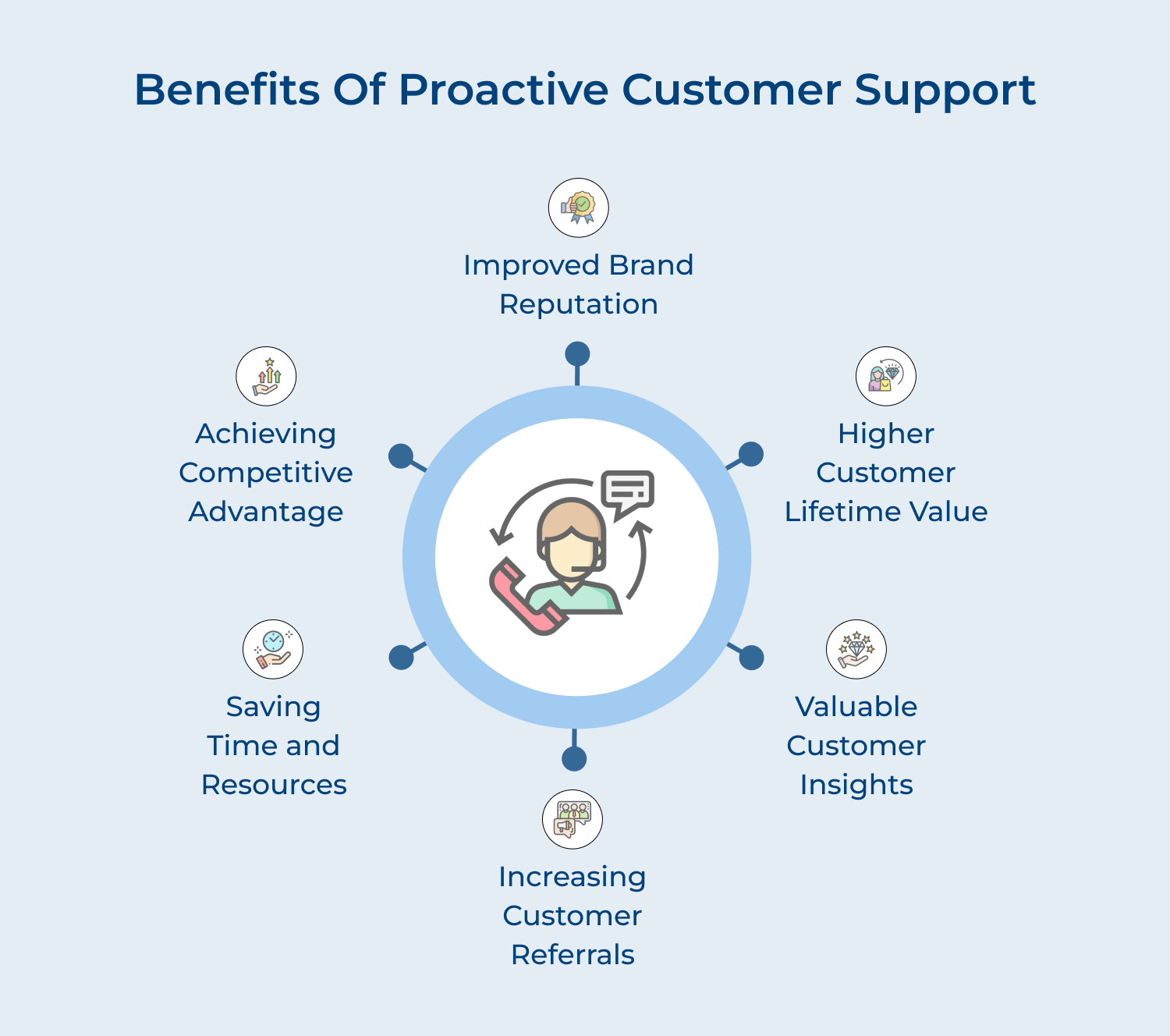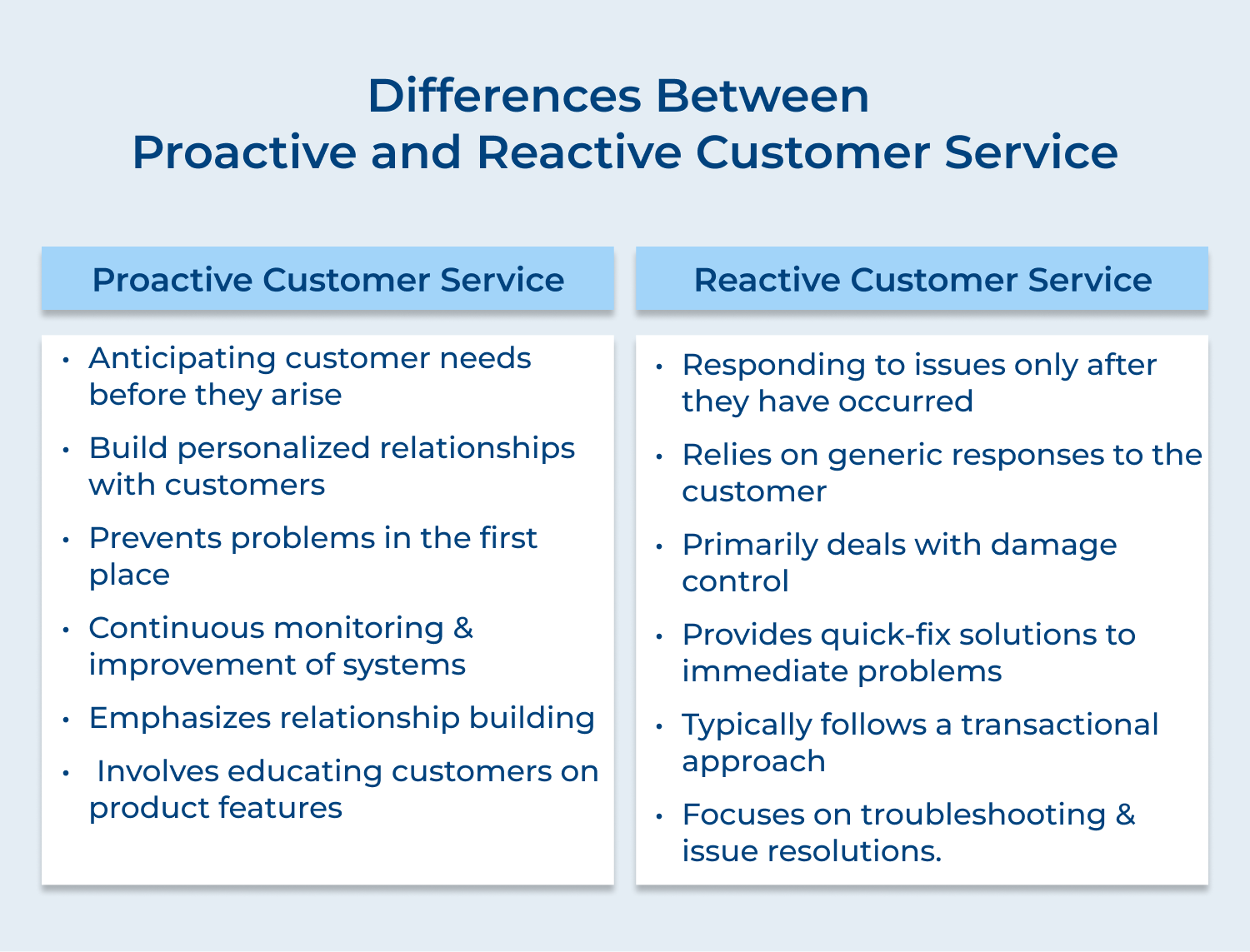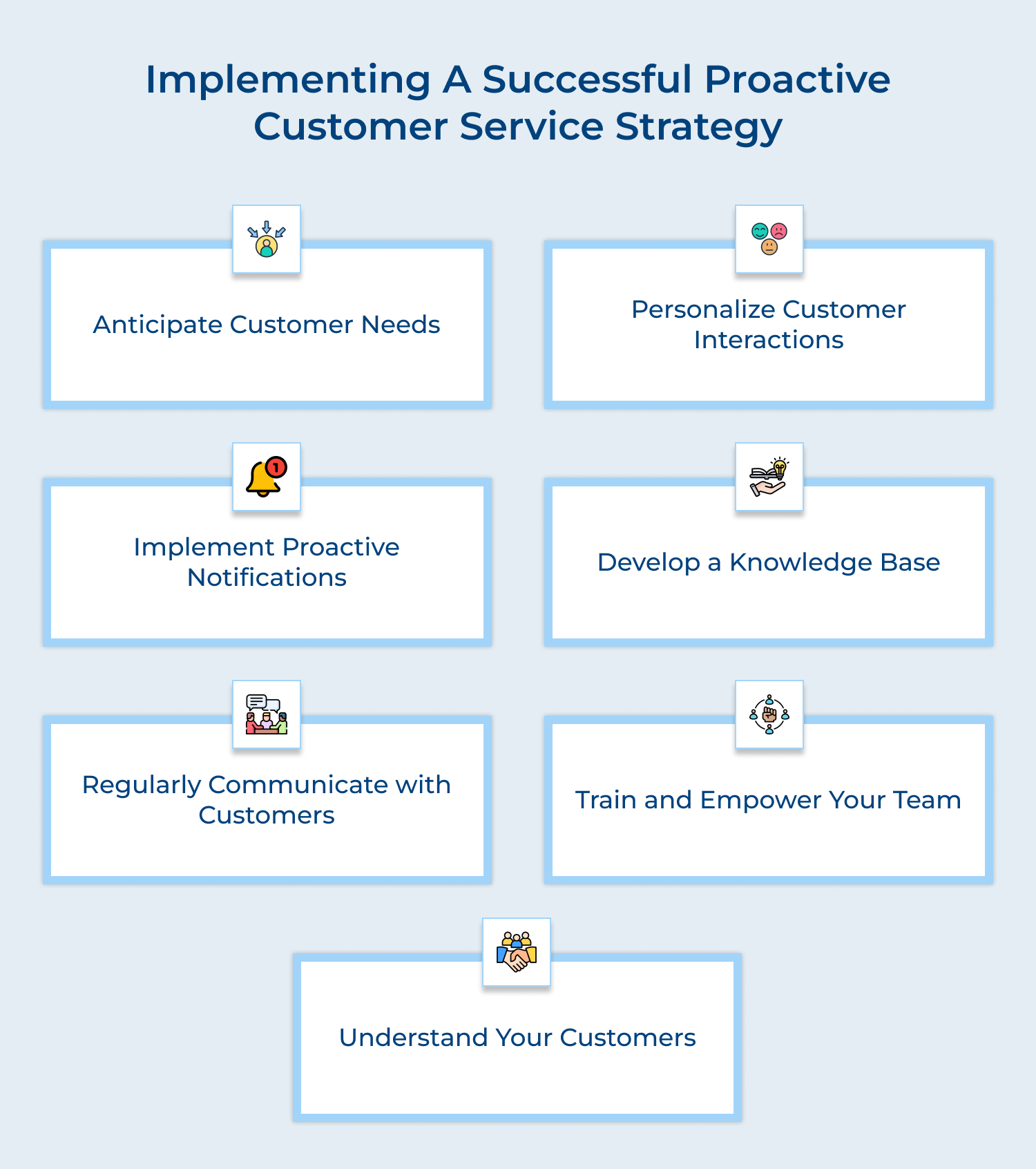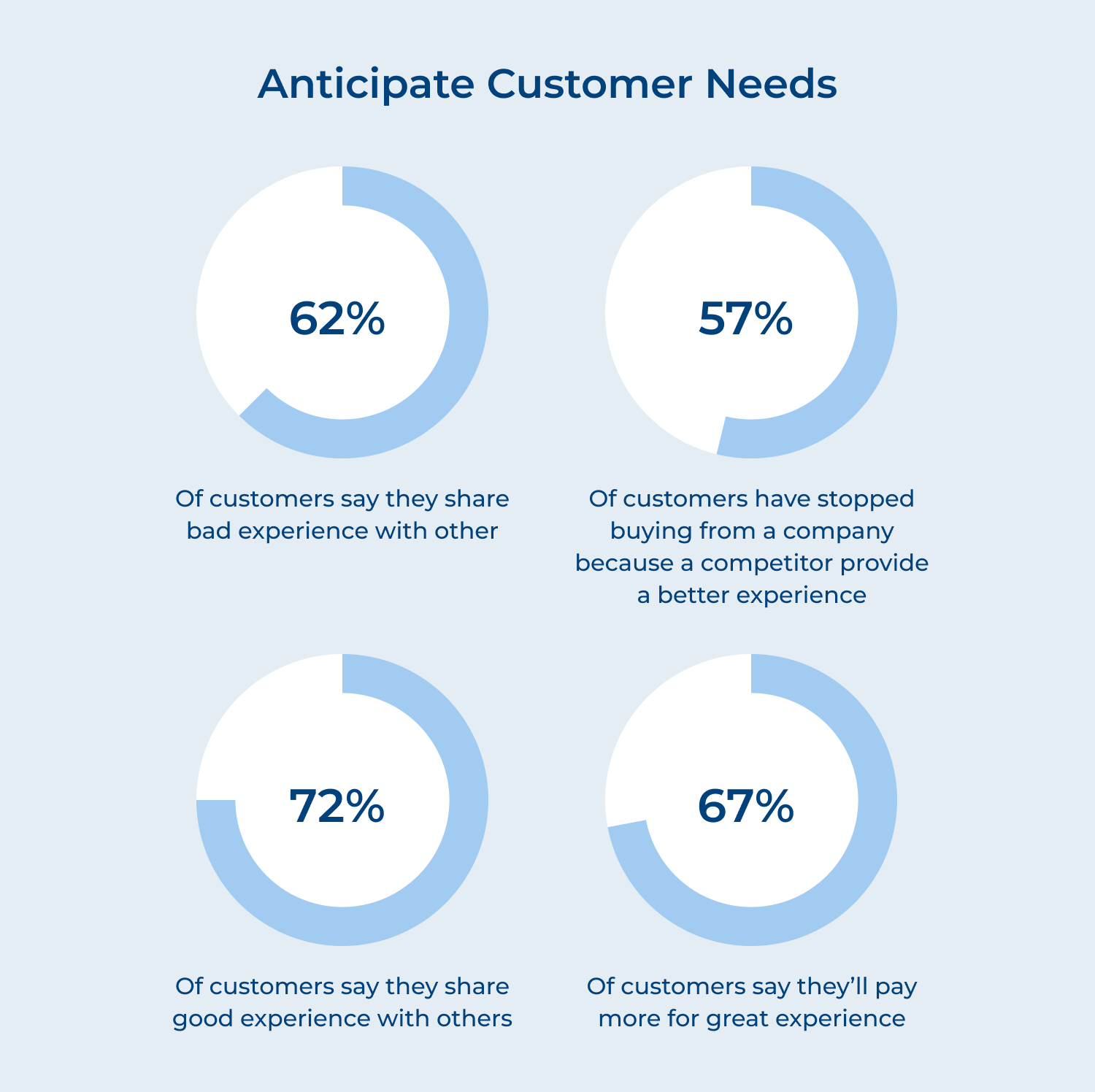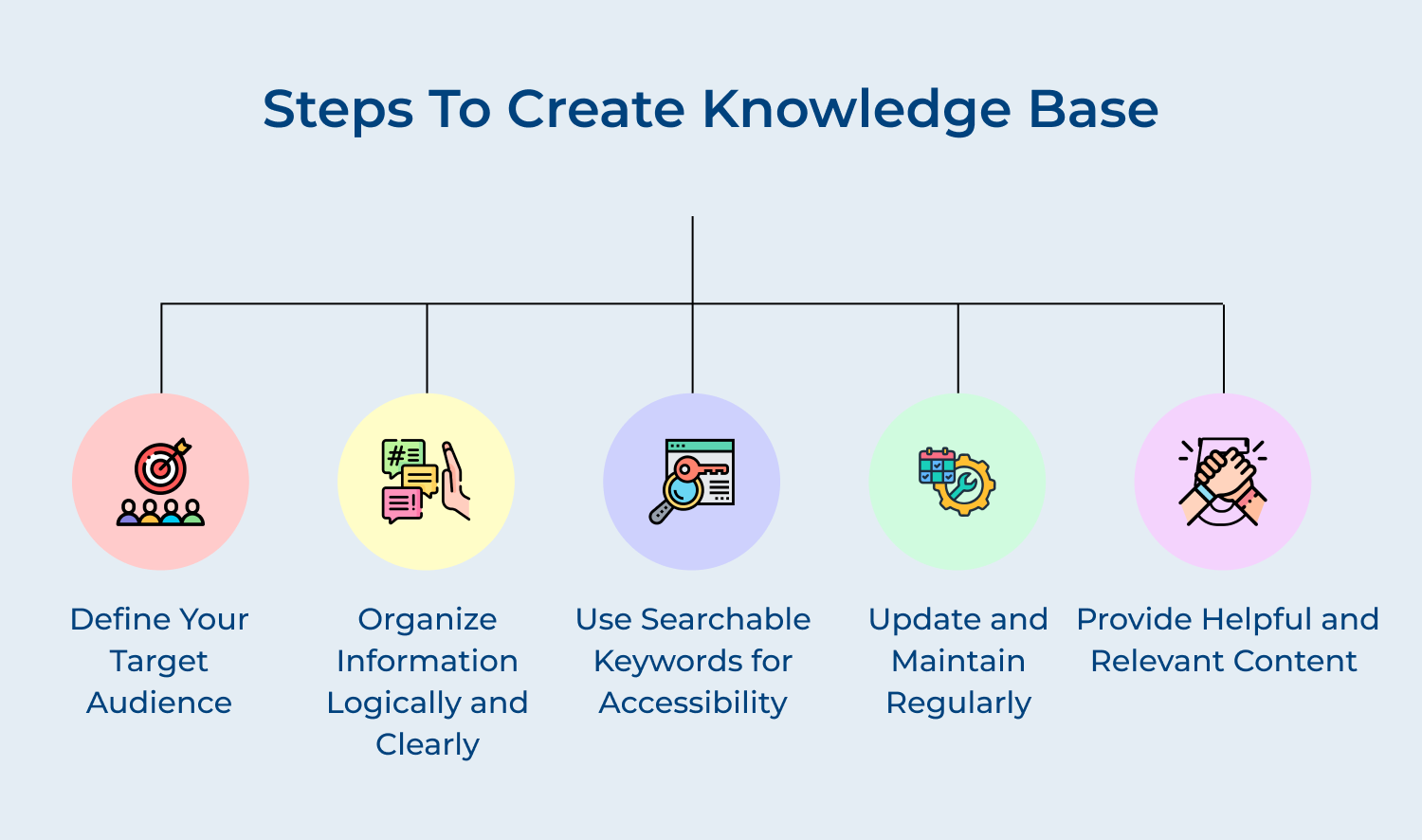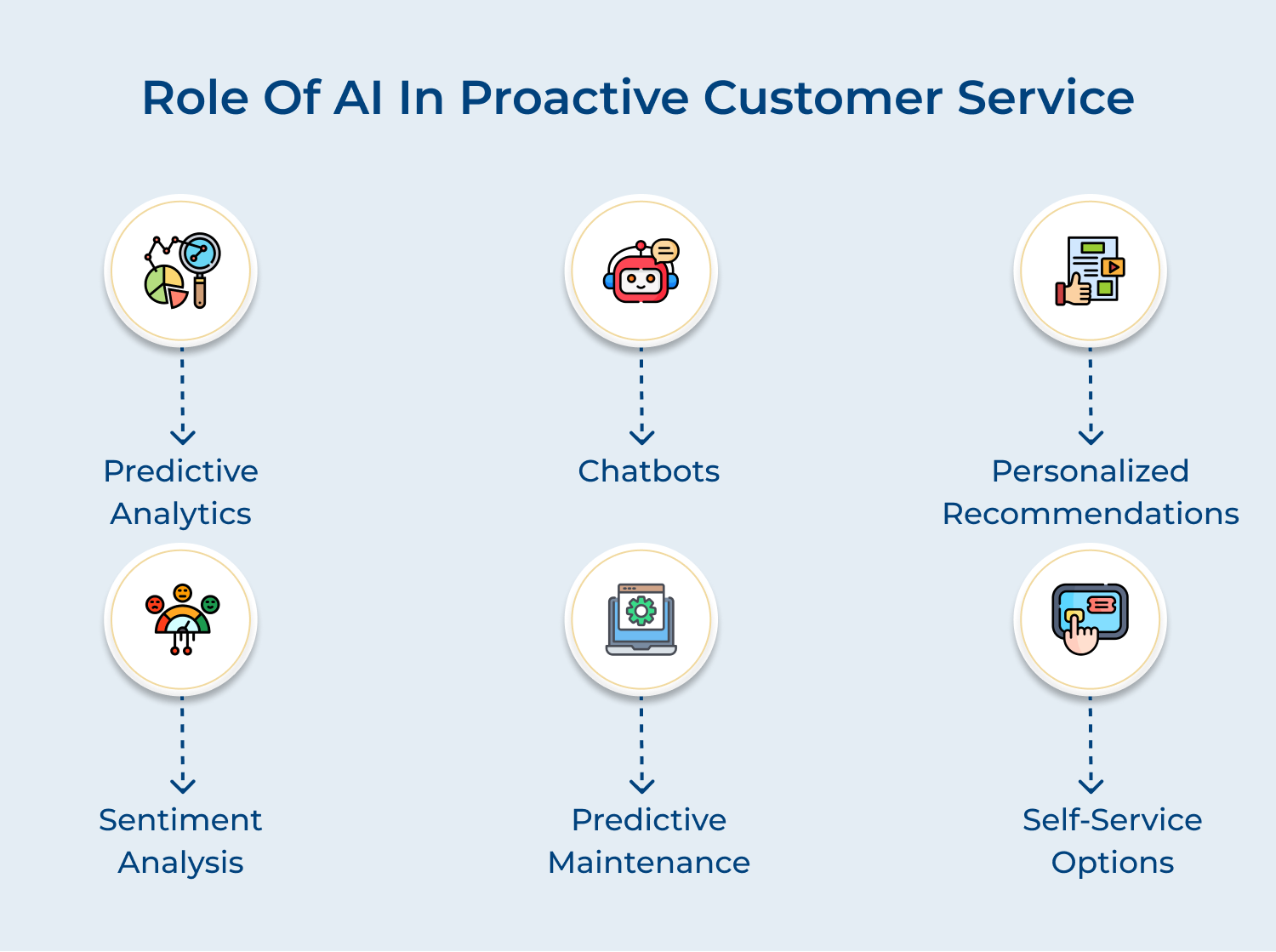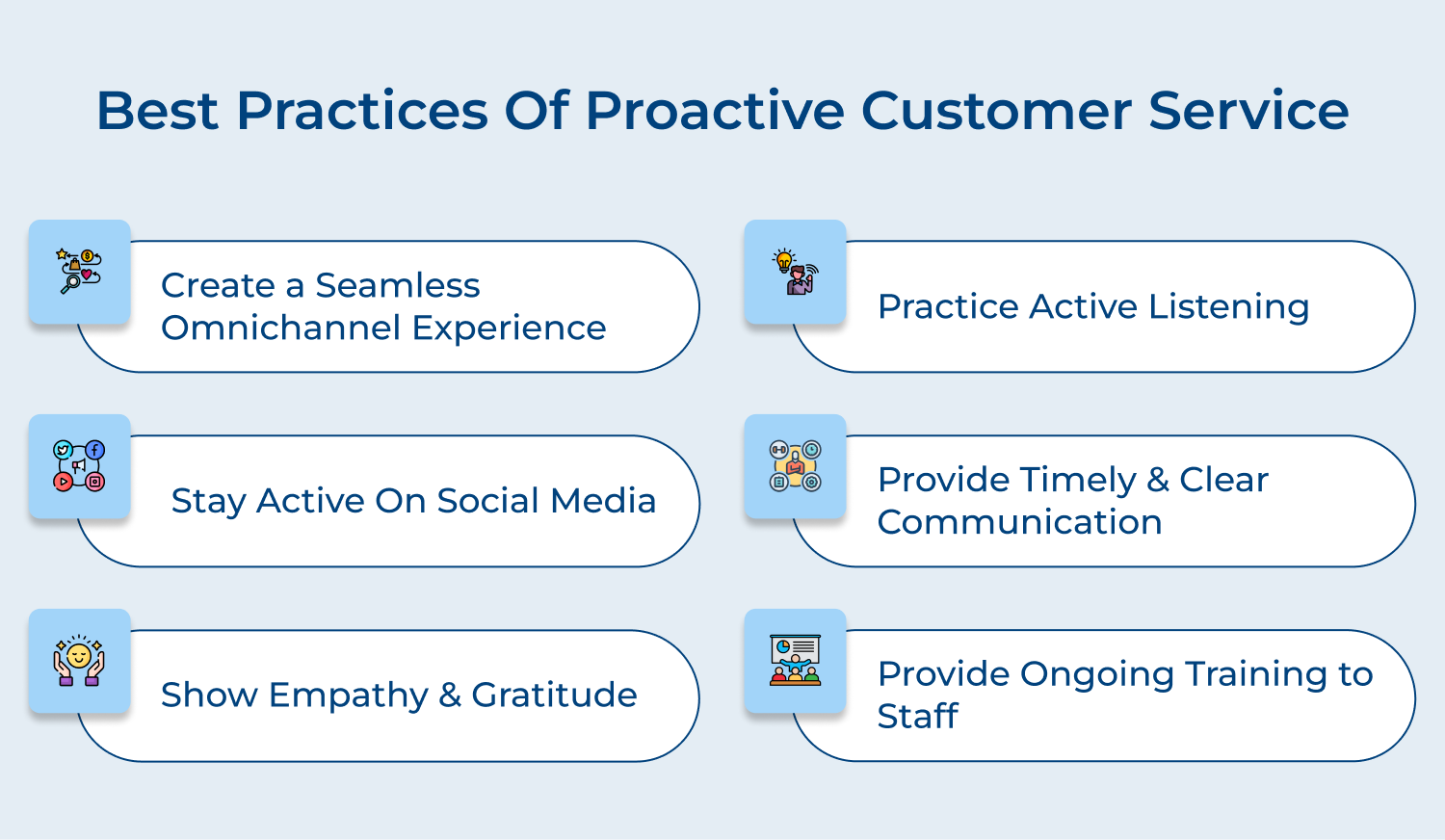1. Predictive Analytics
AI algorithms can analyze vast amounts of customer data to identify patterns and predict customer behavior. By analyzing past interactions and purchase history, AI can anticipate customer preferences. It enables companies to proactively reach out to customers with personalized offers and recommendations, enhancing customer engagement as well as satisfaction. In fact, 81% of customers would love to shop again with the brands that have given them a positive customer experience.
2. Chatbots
17% of shoppers leave the cart if they find the checkout process too complicated. Chatbots are AI-powered virtual assistants that can replace this issue by interacting with customers in real-time, providing instant responses and assistance. They can handle a wide range of customer inquiries, from answering simple questions to resolving complex issues. By automating routine tasks, chatbots free up human agents to focus on more complex and high-value customer interactions.
3. Personalized Recommendations
AI algorithms can analyze customer preferences and behavior to provide personalized product recommendations. By offering tailored suggestions based on individual preferences, companies can enhance upselling and cross-selling opportunities. It not only increases customer satisfaction but also boosts revenue and customer loyalty.
4. Sentiment Analysis
AI-powered sentiment analysis can analyze customer feedback and social media posts to gauge customer satisfaction levels. Monitor customer sentiment in real-time to quickly identify and address any negative experiences or concerns. It allows them to take proactive measures to resolve issues and prevent any potential reputation damage.
5. Predictive Maintenance
AI algorithms can analyze data from connected devices to predict when maintenance or repairs will be required. Proactively address maintenance needs and minimize downtime as well as enhance the overall customer experience. For example, a company can schedule a service appointment before a device malfunctions, ensuring uninterrupted service for the customer.
6. Self-Service Options
Automation can empower customers to find answers to their queries without the need for human assistance. Self-service options such as knowledge bases, FAQs and interactive tutorials provide customers with instant access to information. It improves customer satisfaction and reduces the workload on customer service teams.
Best Practices of Proactive Customer Service
Proactive customer service goes above and beyond reacting to customer issues while seeking to anticipate their needs before they arise. Here are the best practices of proactive customer service:
